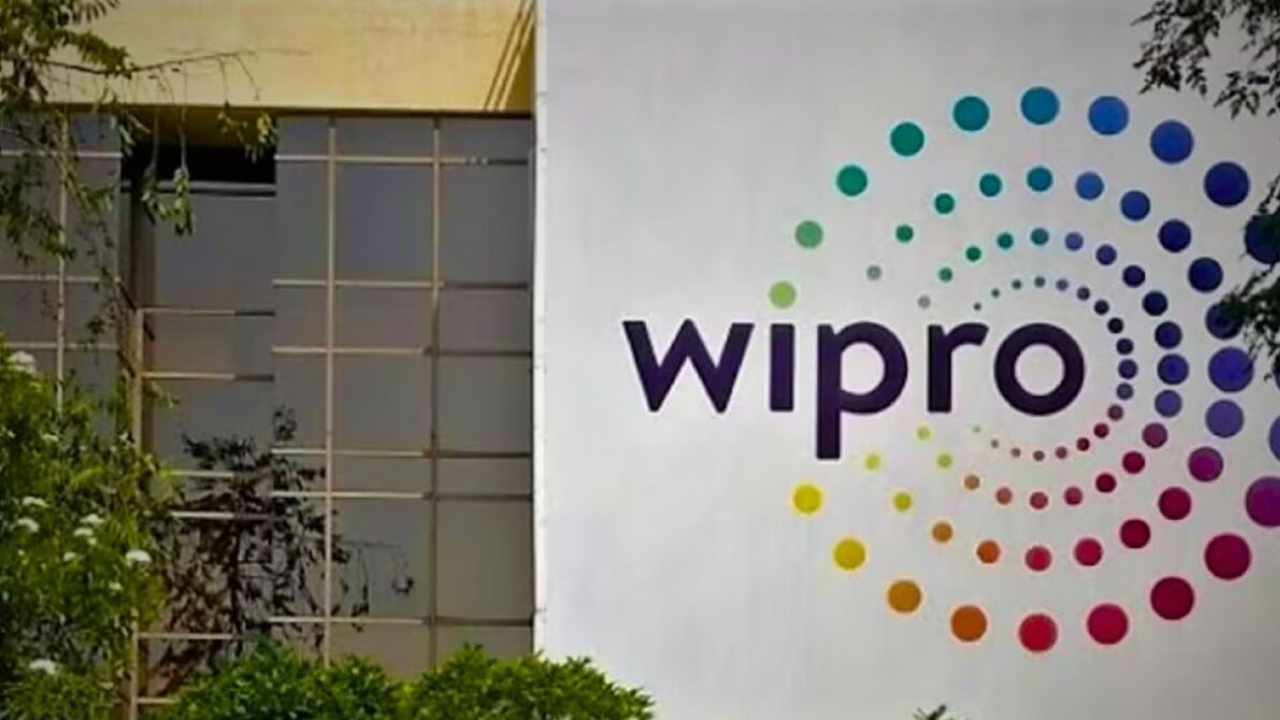Government Prioritizes Local Manufacturing in Telecom Sector
The Department of Telecom (DoT) has taken a significant step towards promoting indigenous manufacturing by issuing draft norms that focus on local value addition in telecom equipment. A revised list of 36 telecom products has been proposed, which will now receive priority in government procurement if they are manufactured with 50-65% local components. This initiative is part of the broader “Make in India” campaign aimed at boosting domestic industries and reducing reliance on imported technology.
New Additions and Focus Areas
Among the notable inclusions in this prioritized list are satellite communication technologies, such as satellite phones and other related equipment. By emphasizing local value addition, the government aims not only to enhance the self-reliance of the telecom sector but also to support local manufacturers and create job opportunities within the country.
Exclusion of 5G Equipment
Interestingly, the current draft does not include 5G telecom equipment in the priority list. This decision has raised eyebrows, considering the global push towards 5G technology. A notification dated September 12 clarified that the government had previously issued the Government Procurement (Preference to Make in India) Order in 2017, through the Department of Industrial Policy Promotion (DIPP). The recent DoT notification is an amendment to earlier regulations concerning telecom procurement.
Impact on State and Local Procurement
This new rule applies not only to federal procurement but also affects purchases made by state governments and local bodies that receive central government funding. This strategic approach aims to create a unified framework for all levels of government to follow, thereby enhancing the overall push for local manufacturing.
Past Efforts and Challenges
In August 2018, the Department of Telecom released a similar list; however, it did not gain much traction among government departments. The lack of response was attributed to subsequent amendments in the DIPP rules, which may have created confusion or diminished interest in local procurement. The current initiative seeks to address those challenges by refining the criteria for local suppliers.
Classifications of Suppliers
Under this new framework, DIPP has categorized suppliers based on their local sourcing capabilities. Products with over 50% local components are classified as Class-1 suppliers and will receive the highest preference. On the other hand, products with local components ranging from 20-50% are categorized as Class-2 suppliers. This clear classification aims to provide an incentive for manufacturers to increase local sourcing, ultimately fostering a more robust telecom sector.












